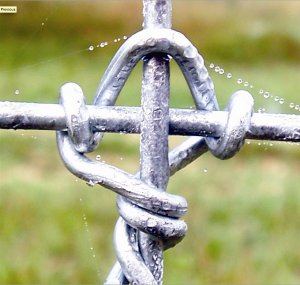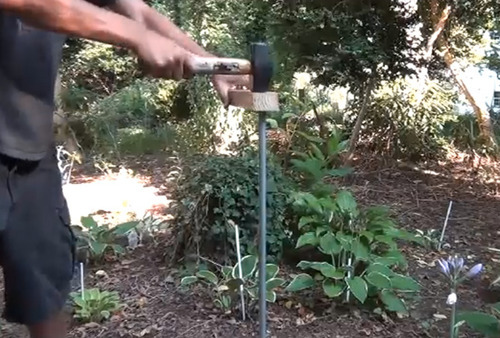A convicted killer who authorities say managed to evade guards and peel through two electrically charged fences to escape a Michigan prison was tripped up by transportation issues once on the outside.
After losing the woman he abducted and ditching her Jeep in an Indiana town, authorities say Michael David Elliot made his way to another Indiana community, where he stole another vehicle. But a sheriff's deputy quickly spotted the stolen Chevrolet Monte Carlo on Monday evening and chased after it, leading to Elliot's capture.
No one was injured in the chase, and the abducted woman also wasn't hurt.
Authorities are now left to sort out exactly how Eliot was able to get out of the Michigan prison. Fences were equipped with motion sensors to alert guards. The fences also carry electric current to shock anyone who touches them.
"It appears that did not happen. ... He was not zapped with electricity, and he was not picked up by the motion sensors," prisons spokesman Russ Marlan said.
Marlan said late Monday that Michigan would immediately begin the extradition process. The LaPorte County Sheriff's Department said he's being charged there with motor vehicle theft and resisting law enforcement, but authorities didn't say if he would stay in Indiana to face those allegations.
Officials were stunned by the brazen escape Sunday night. Elliot, who had a record of good behavior during his 20 years in custody, wore a white kitchen uniform to evade security and blend in with snow at the Ionia Correctional Facility in western Michigan, authorities said.
"We had dog teams. We had a helicopter from the state police," said Michigan Corrections Department Director Dan Heyns. "The response was good, but he'd left the area by the time we were mobilized totally 100 percent. It didn't take him long to get down to Indiana."
Nothing in Elliot's record suggested he might escape, said Heyns, who added, "This is entirely a one-man operation."
Once outside the prison, Elliot, 40, abducted a woman and stole her Jeep, authorities said. The woman escaped late Sunday when Elliot stopped for gas in Middlebury, Ind., some 100 miles south. The red Jeep was found abandoned nearby in Shipshewana on Monday.
The discovery prompted officers to go door-to-door in the area. Residents were warned to stay inside and at least one school as locked down.
An alert was issued to law enforcement nationwide. The woman told police that Elliot was armed with a box cutter and a hammer, and had said he wanted to get as far from the Michigan prison as possible.
Authorities tracked him down after the LaPorte County Sheriff's Department got a report of a car stolen from a factory in the city of LaPorte, said sheriff's Maj. John Boyd. A deputy who happened to be nearby spotted the stolen Chevrolet Monte Carlo "within a few seconds," Boyd said.
Once the car was stopped, Elliot tried to unsuccessfully to run, Boyd said. But he was arrested and taken to the LaPorte County Jail, where he was being held without bond.
Elliot was discovered missing from the Michigan prison about 9:30 p.m. Sunday, probably 2 ½ hours after he escaped by using his hands to create a hole in two fences, Marlan said.
"There was a perimeter vehicle with an armed officer who was circling the facility during this time period. (Elliot) was able to evade or avoid detection," Marlan said.
He said it wasn't immediately known if electronic security measures at the fence were not working or if Elliot somehow avoided them.
The woman who was abducted was able to call 911 from a concealed cellphone while Elliott was pumping gas at the store near Middlebury in Elkhart County, Ind., authorities said. She ran to a restroom and locked herself inside. Elliot knocked on the door, but she stayed inside until police arrived.
Elliot was serving life in prison without parole for fatally shooting four people and burning down their Gladwin County house in 1993 when he was 20 years old, according to court records. Elliot and his accomplices were trying to steal money from a drug dealer, police said.











